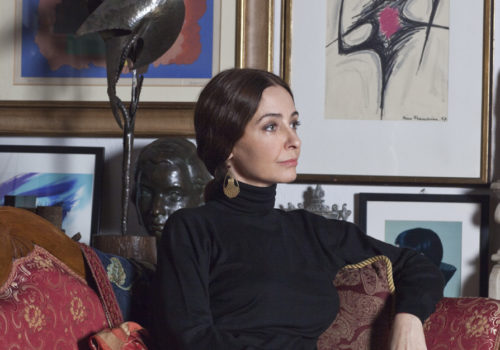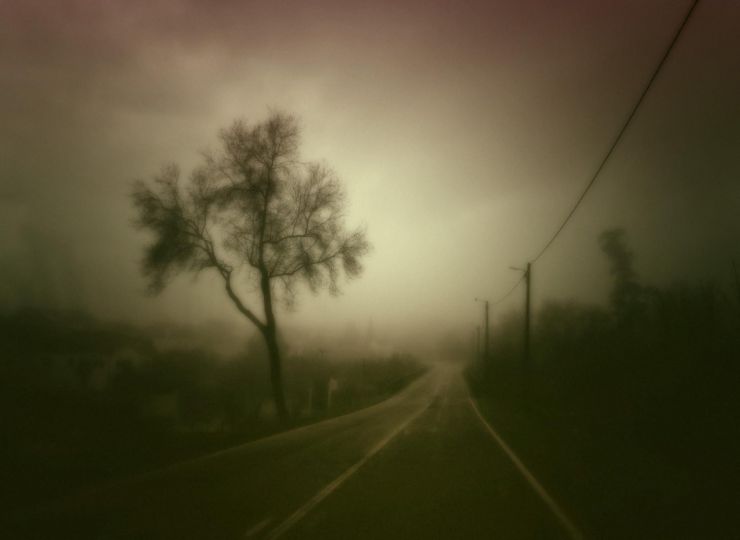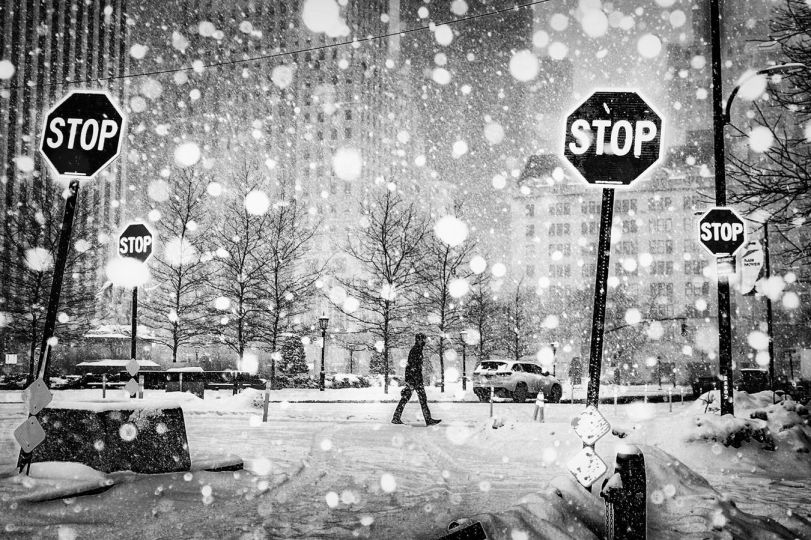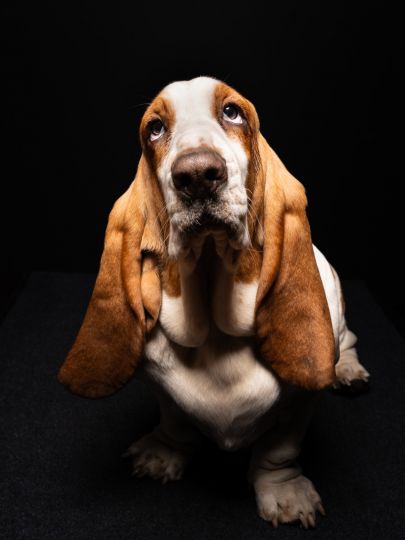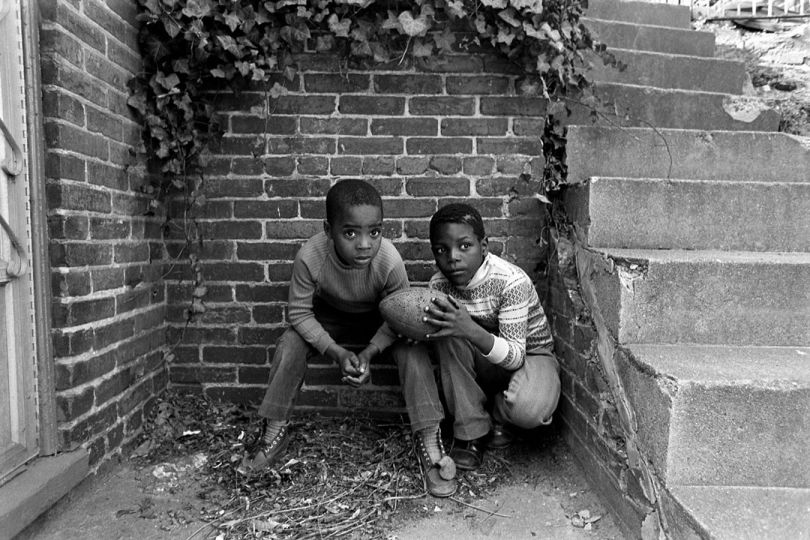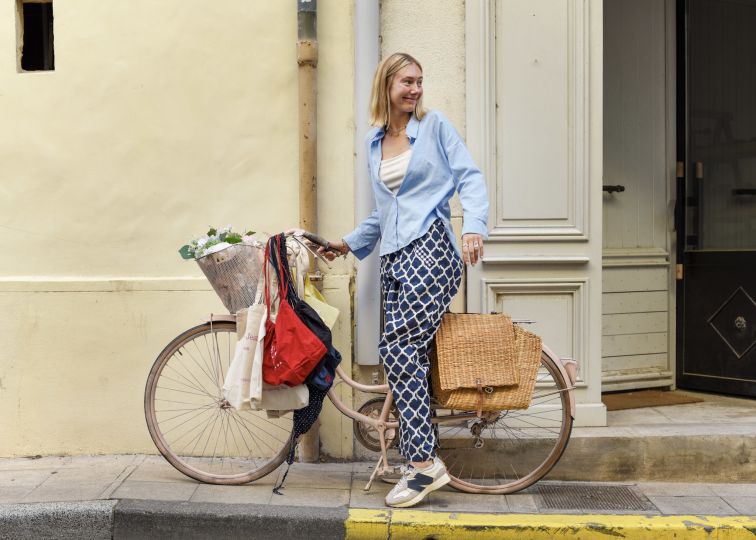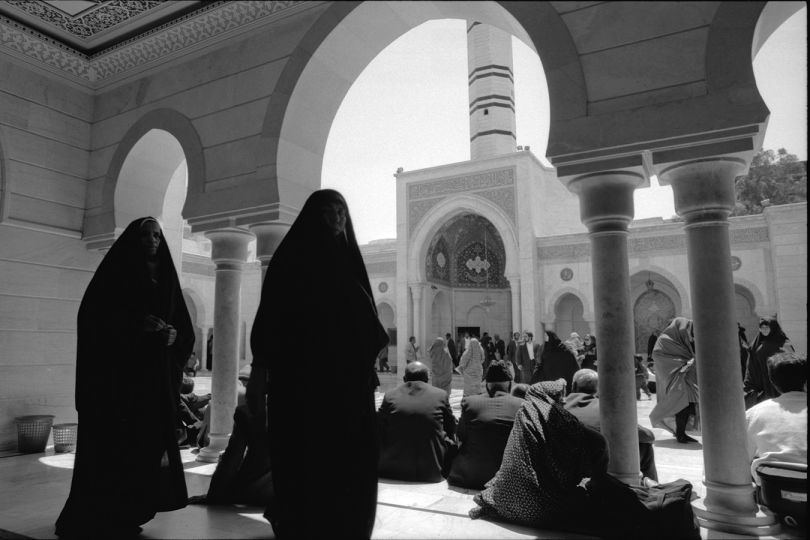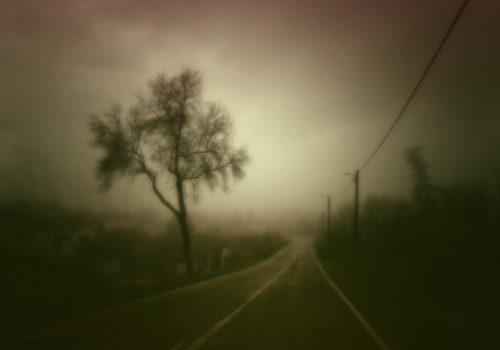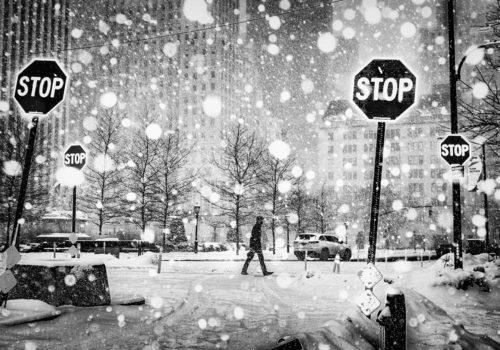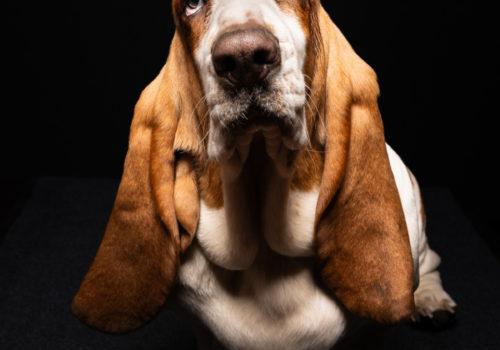Photography is an essence of Vogue Italia: the publication has been documenting the evolution – and revolutions – in costume through images for over 50 years using a formula conceptualized by the minds of its founders, re-defined through the course of continuous aesthetic transformations whilst being endlessly capable of new magic – eternalizing stories with every frame. The narrators that make every segment of this chronology relevant – including the oldest – are the masters of photography that have chronicled women’s emancipation and the social and cultural changes through the years, each time creating entire iconographic universes.
Vogue Italia has elevated the bond between excellent fashion and photography to an art status and the awareness of such act has naturally led to the decision to set up Photo Vogue Festival, an international festival entirely dedicated to fashion photography that takes place this week in Milan, from November 22nd to 26th. L’Œil de la Photographie talked to Alessia Glaviano, Senior Photo Editor at Vogue Italia.
What motivated the creation of Vogue Photo Festival?
Following my passion for photography I had been to various festivals around the world and I noticed that while there are many dedicated to documentary photography, photojournalism, art, there is not a fashion photography festival – at least not one held by a magazine like Vogue Italia, which gained a credibility in this field of photography documenting the evolution – and revolutions – in costume through images for over 50 years, through the vision of the masters of photography that have chronicled women’s emancipation and the social and cultural changes through the years.
Another reason that motivated me is that our world is usually perceived as exclusive and unreachable. It’s not easy to get in touch with the great masters of photography, the most influential curators, the most prestigious agencies, photo editors… Every day I receive hundreds of messages from young photographers asking me for advices and I feel that it’s important for us to be there for them – but then we all have so much to do in our daily routine that it’s not so easy to get back to everyone. I try to respond to the most talented but I also feel that we should start to open up and to create the conditions for an ongoing dialogue, that I hope will continue also after the festival. This is also the reason we wanted everything to be free at the festival: the exhibitions, the talks, the portfolio reviews.
How do you see the place and influence of fashion photography in contemporary creation?
The relationship between art and fashion is an old one. The two have influenced one another since their beginnings. After all, fashion is an important part of culture and even a culture in itself. It is a form of expression, a language that speaks about identity: fashion is our interface with the world. I think that both photos and fashion are languages and that both are a synthesis of contemporary reality.
I feel very strongly that it’s quite narrow minded to label fashion as superficial: fashion photography has being used many times to deliver social issues. My visionary editor in chief Franca Sozzani is a perfect example of this, as she published in Vogue Italia many editorials by Steven Meisel that where definitely going beyond fashion delivering a social message, like the Black Issue, Makeover Madness, State of Emergency, Water and Oil and many others.
Certain images – in fashion photography – transcend a purely commercial sensibility. It’s true that when the magazine comes out on newsstands we are also promoting a product, because the clothes featured in the editorials are also in the shops. However it’s also true that after a few months this commercial side of fashion photography does not exist anymore, the clothes become just one of the props in the image and when the images are capable of transcending the clothes they can become an abstraction – a visual summary, a symbol essential to the collective memory of a historic, social and cultural period (which is after all of the same quality great art should have). Great fashion photography is able to transcend and to stand the test of time – think of Richard Avedon or Irving Penn, the pictures they created for Vogue now hang on the walls of the most prestigious museums.
This interesting and revealing synchronicity between – some – fashion photography and progress being made in society as a whole is evident also in the works of the young photographers, think of the revolution that we have seen through the web and social medias with regards to the way the female body and sexuality is represented: we are finally seeing a greater variety of beauty, a more inclusive representation that accounts for the uniqueness and complexity of every human being – real, authentic bodies portrayed with all their signs and imperfections that are no longer seen as “mistakes” to be retouched but rather as beautiful elements making up an individual’s uniqueness. These images are contributing to dismantle the codes of a culture – affecting also the arts – grounded in gender stereotypes and a phallocentric vision that celebrates unattainable and stereotyped beauty standards. Another revolution is that we are finally thinking and seeing outside of the Western globalizing gaze through the contribution of so many interesting artists from all around the world. It’s about time we get rid of our provincial and ethnocentric vision and that we finally recognize the richness and beauty of other cultures.
How did your father career influence your take on fashion photography?
I guess that my knowledge of photography and the curiosity that I have in general saves me from being “influenced” just by one vision. I learnt a lot from my father, especially the untiring dedication to our common passion, of course I feel privileged to have grown up in a family of artists (there are many in our family, painters, sculptors) surrounded by culture.
My father went through all the aesthetic revolutions that occurred in the last fifty years as if they were a canvas upon which he projected his own vision, always guided by the same yearning: beauty. An ideal type of beauty, classical, harmonious, explored in all its different and varied forms of expression he has embraced through the years: portraits, fashion and advertising as well as nudes and landscape photography. His search is obsessive and passionate, as if beauty, the illusion of perfection, could bring order amid the chaos of the world and inside the mind. It is this aesthetic rigor that has produced, through the years, images that have stood the test of time and fashion. I also believe that looking back, his vision and his images are fundamental in defining the aesthetic of the 80s in fashion photography.
Interview by Myrtille Beauvert
Alessia Glaviano is the daughter of fashion photographer Marco Glaviano.
Photo Vogue Italia Festival
From November 22 to 26, 2016
Several locations in Milan, Italy

